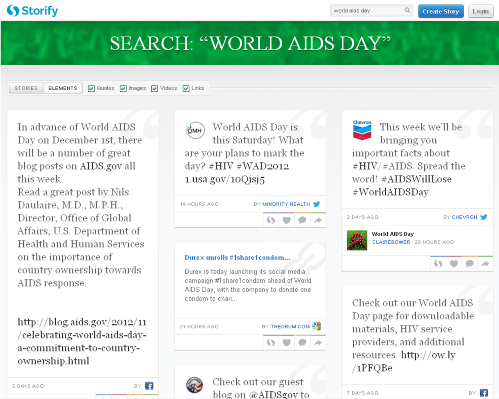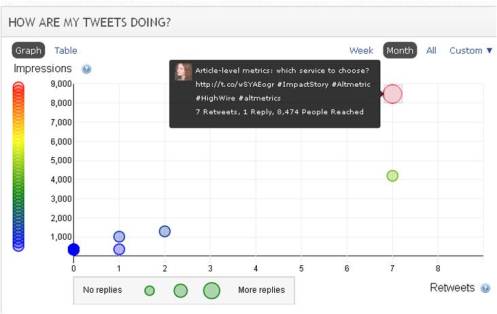Reaching digital natives with native advertising
12 Apr, 13 | by BMJ
In last week’s blog I looked at the innovative ways that publisher’s are monetising their products in the face of a shifting digital landscape. One of the most ground-breaking moves has come from Forbes Media, who opened up their content creation platform, not only to external authors but also to marketers and brands.
This idea of interweaving promotional content with both editorial and user-generated content (UGC) is central to a much larger concept gaining traction in the online advertising community; native advertising.
But what is it? One of the biggest advocates of native advertising is Dan Greenberg, CEO of Sharethrough (the agency that runs Forbes Media’s ‘Sponsored Stories’). When asked for a definition, Greenberg offers the following:
It refers to digital ad formats that integrate more seamlessly (yet transparently) into website aesthetics, user experiences and/or editorial in ways that offer more value to both advertisers and readers. Put simply, native ads follow the format, style and voice of whatever platform they appear on.
For a more in depth discussion of Forbes’ collaboration with Sharethrough, take a look at the video below:





